As a manufacturer of decorative vases, one thing was clear to us from the start: The vases had to be waterproof, a property that is generally not present in 3D-printed objects, as small gaps, invisible to the human eye, often appear when the layers are fused together, allowing water to escape.
What options are there?
To solve this problem, we considered various methods.
Since water leaks through minimal gaps between layers, one option is to slightly increase the flow and hope that no further gaps appear. This method is easy to implement but cumbersome to test, as each vase must be tested individually and, if leaked, is immediately unusable.
Another option is sealing the vases from the inside. A variety of different materials can be used for this, such as wax or epoxy resin. This approach, when used correctly, provides reliable results. However, this is precisely where the problem lies: The liquid used to seal the vases must be distributed evenly throughout the interior, which can be a complex task depending on the shape.
Additional complications arise when it comes to recycling, an issue of great importance to us as a manufacturer of plastic products. Sealing the vases with other materials makes the PLA no longer recyclable, resulting in the raw materials being lost during disposal.
The final option for creating a 3D-printed waterproof vase without compromising on recycling is to insert a waterproof object into the vase. Here, too, there are numerous different materials to choose from; some are printable (PP, PETG, PCTG, and many more), while others, such as glass or various metals, must be purchased or laboriously manufactured.
Our solution to the problem
In our case, printable plastics offer significant advantages. Essential for us is the flexibility in different shapes and sizes, which is maintained through our own, energy-efficient production. Glass production, in contrast, is incredibly energy-intensive. Furthermore, one would be heavily dependent on the available shapes, which could lead to significant limitations, especially when introducing new designs. Another advantage of plastic over glass is its light weight, which results in significantly less energy consumption during transportation, both during purchase and sale.
Among the selection of printable plastics, polypropylene stands out, a material that has gained considerable popularity due to its use in Tupperware. It is elastic and stable in thin-walled form, can be printed waterproof, is dishwasher-safe, and has excellent recycling properties. A significant disadvantage, especially with polypropylene, is its adhesion properties, which make printing extremely challenging.
In contrast, PETG and PCTG are excellently printable, but brittle and not dishwasher-safe. Therefore, we chose polypropylene, as it is the best material for our requirements to offer 3D-printed waterproof vases .

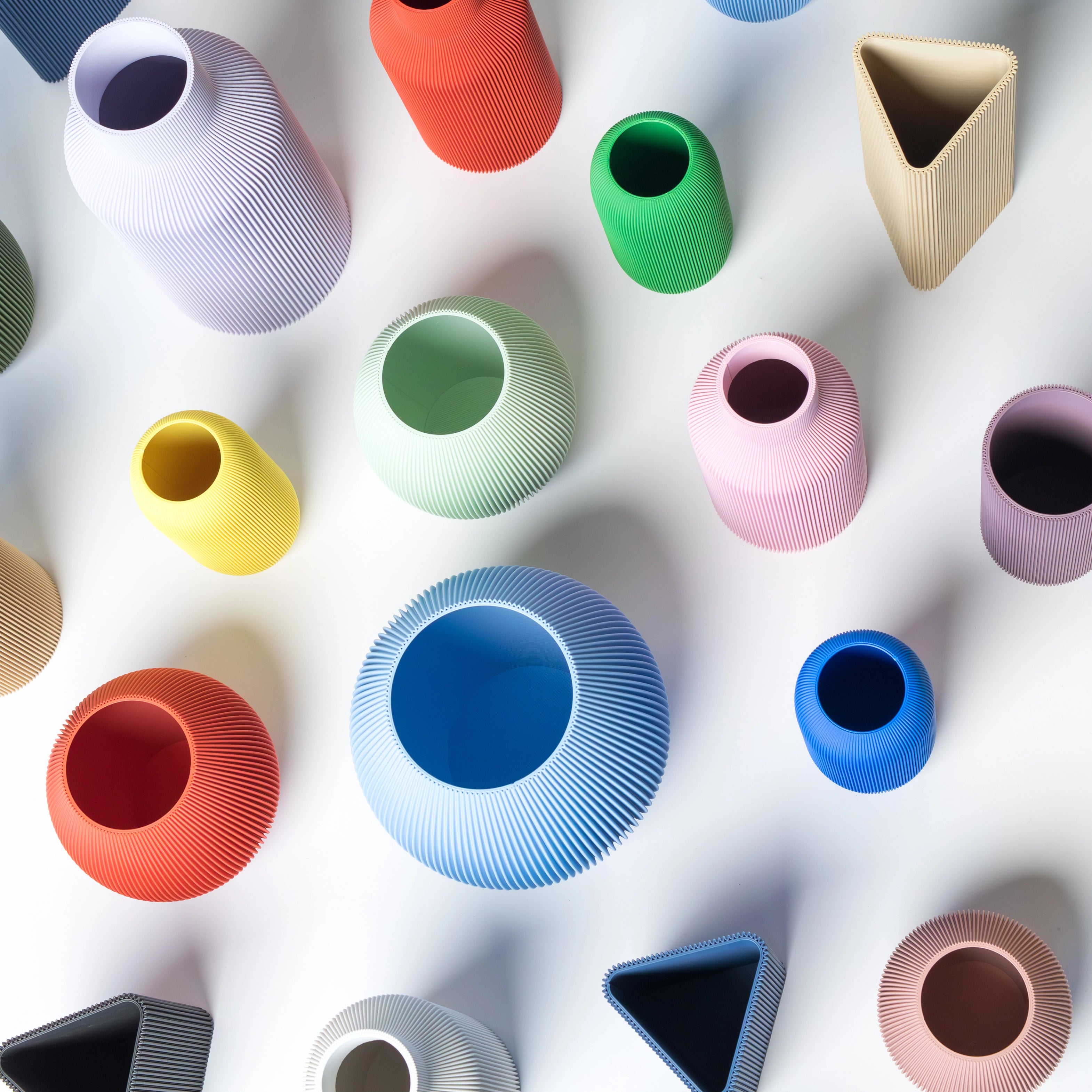
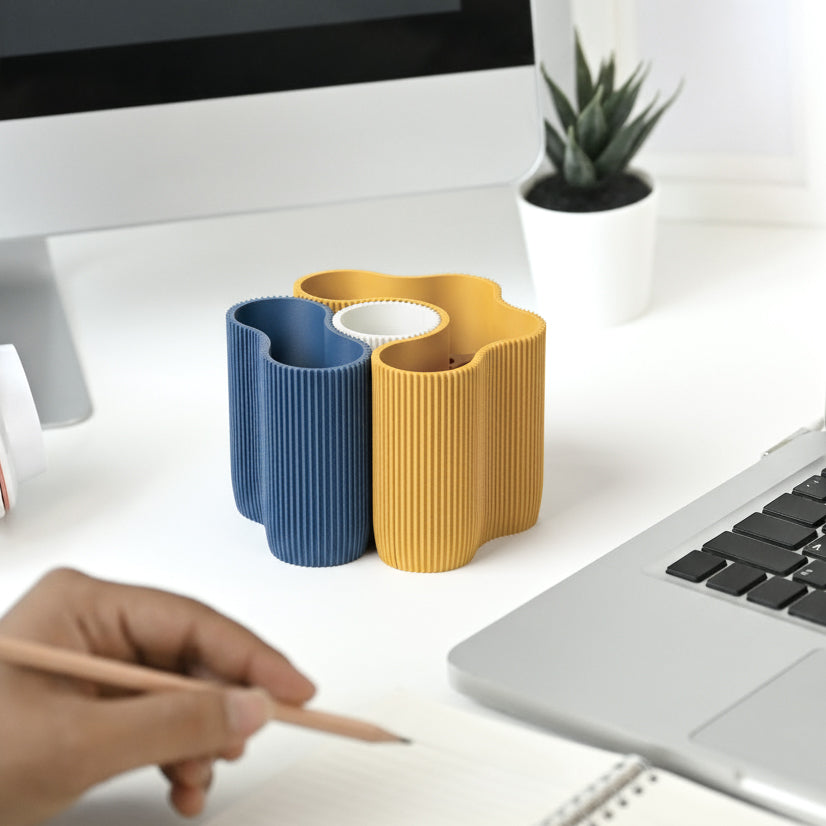
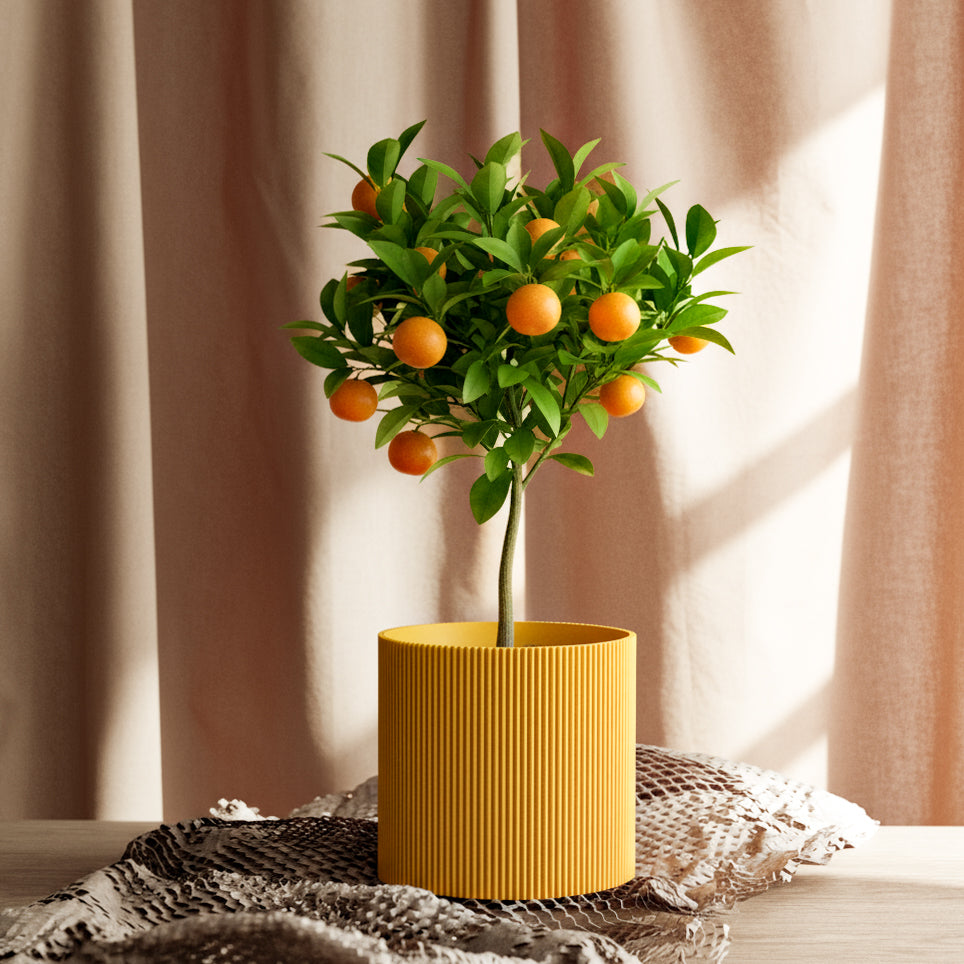
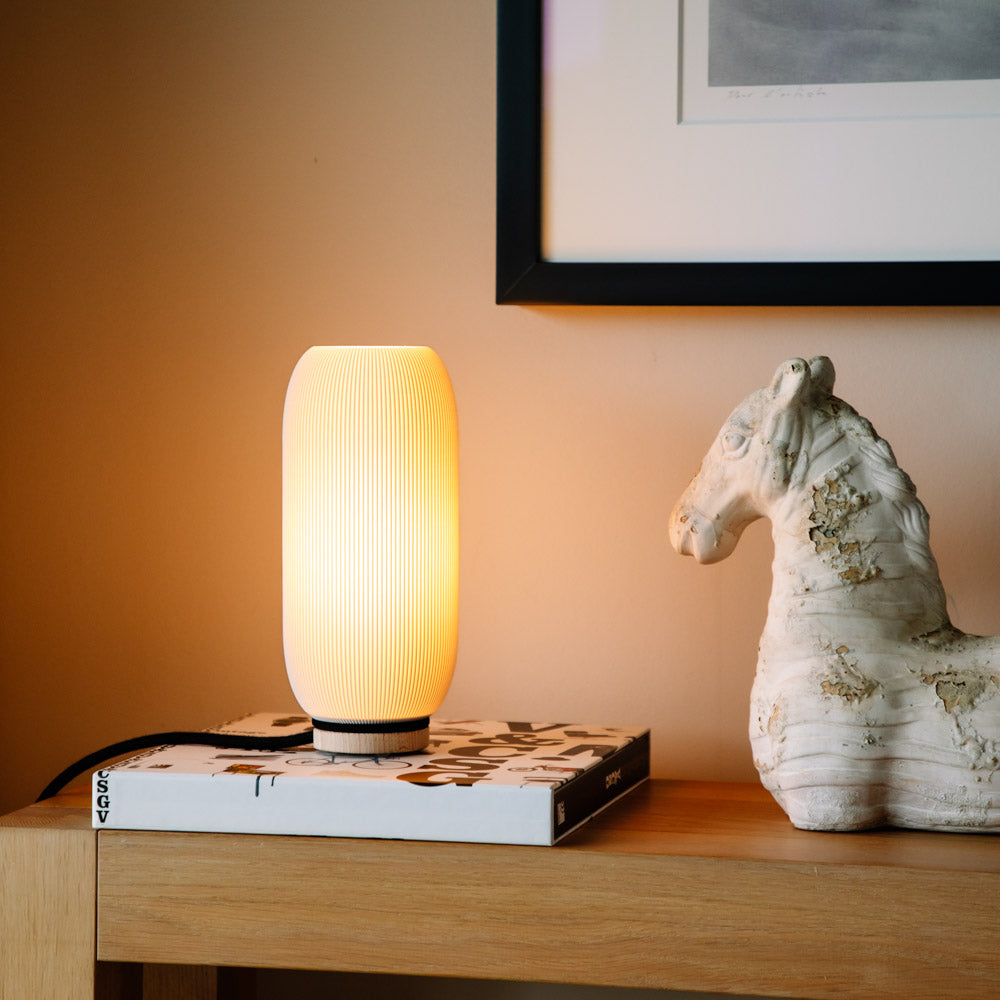
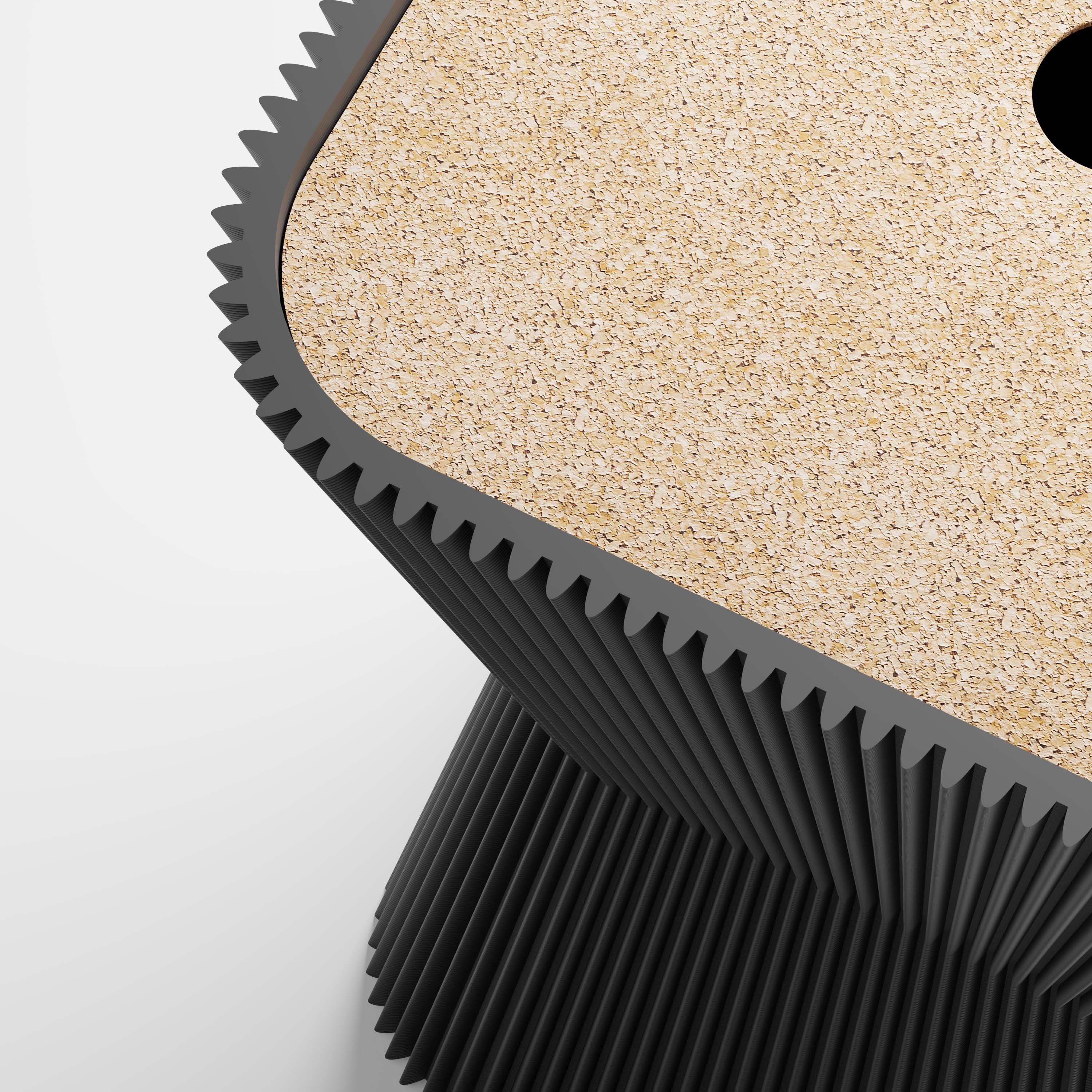
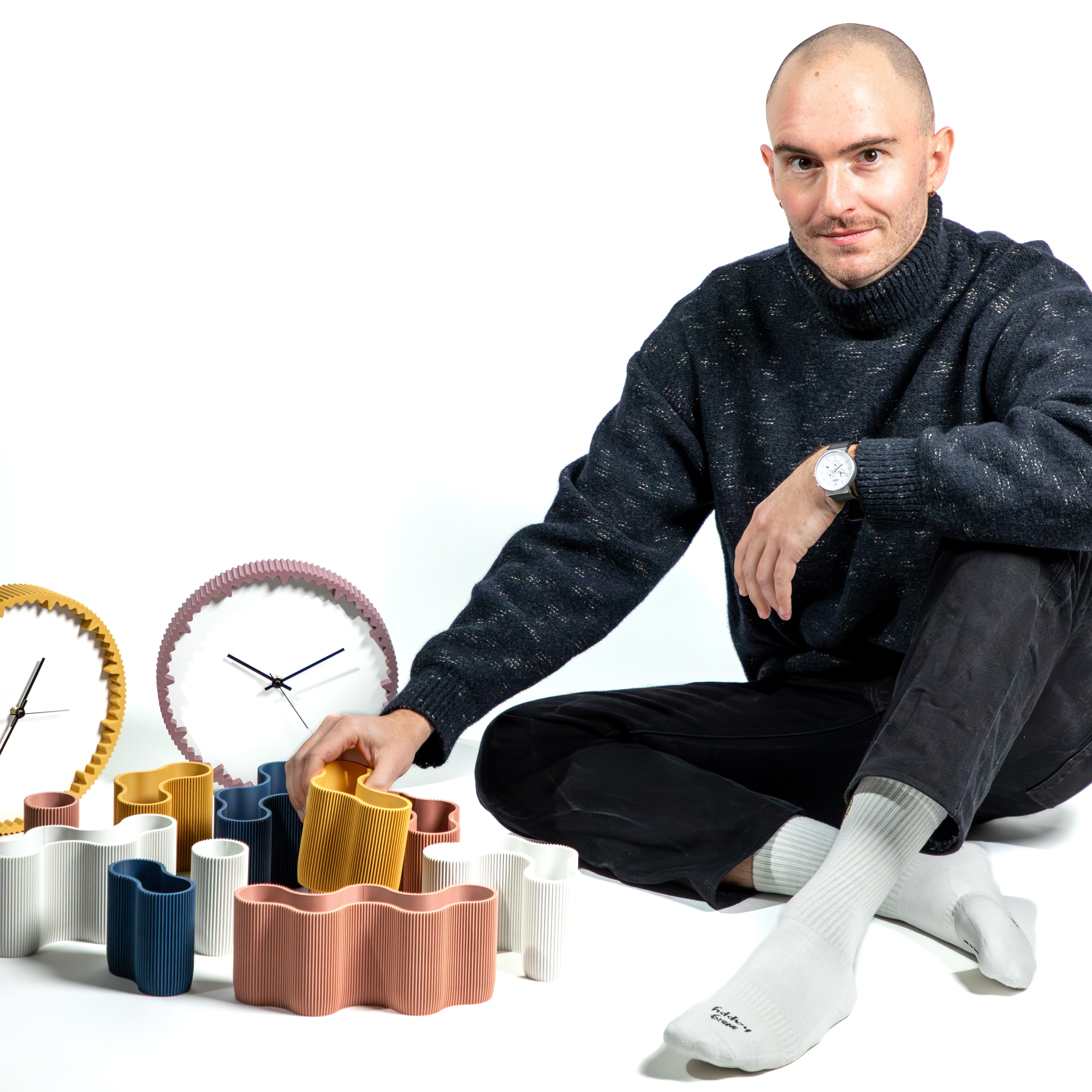
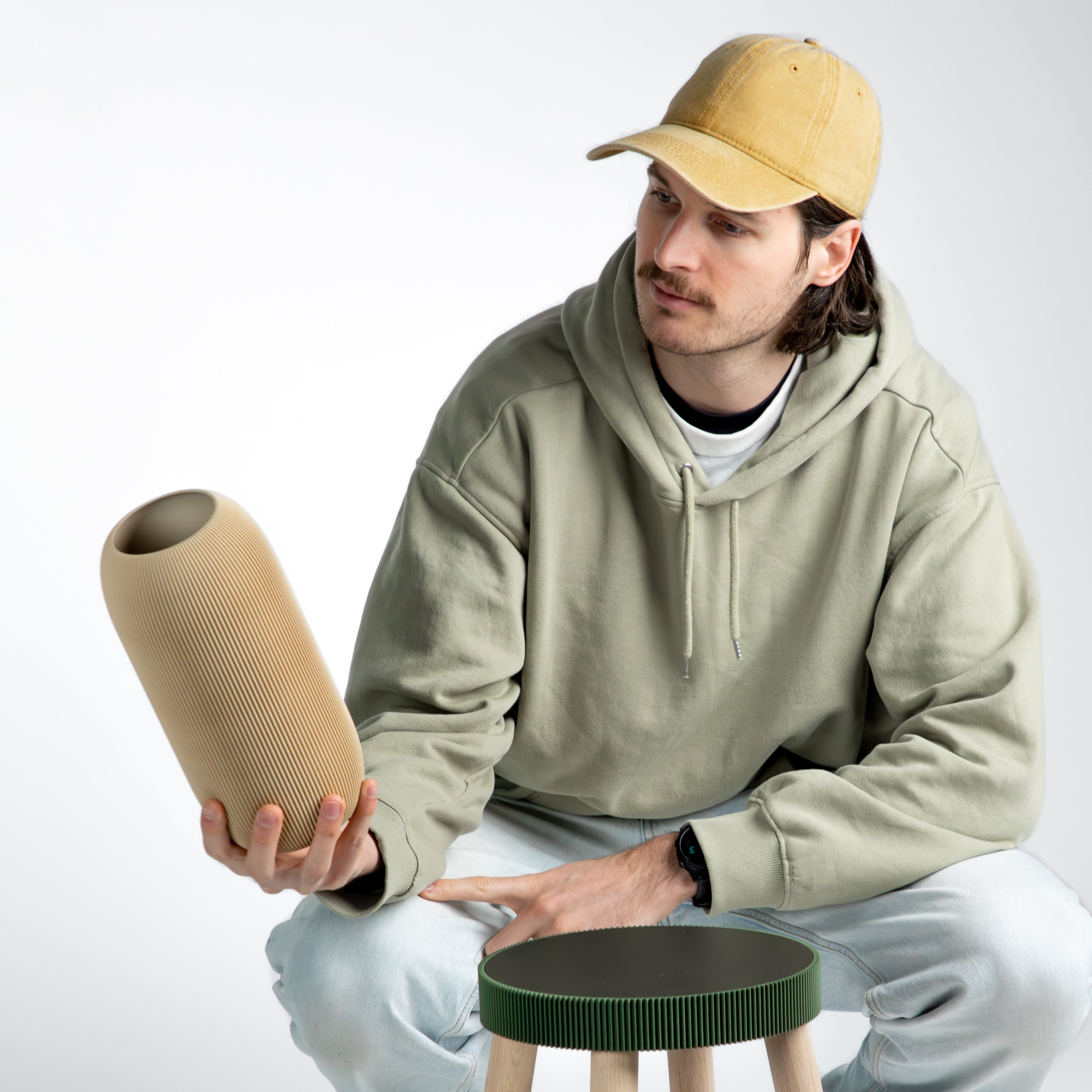
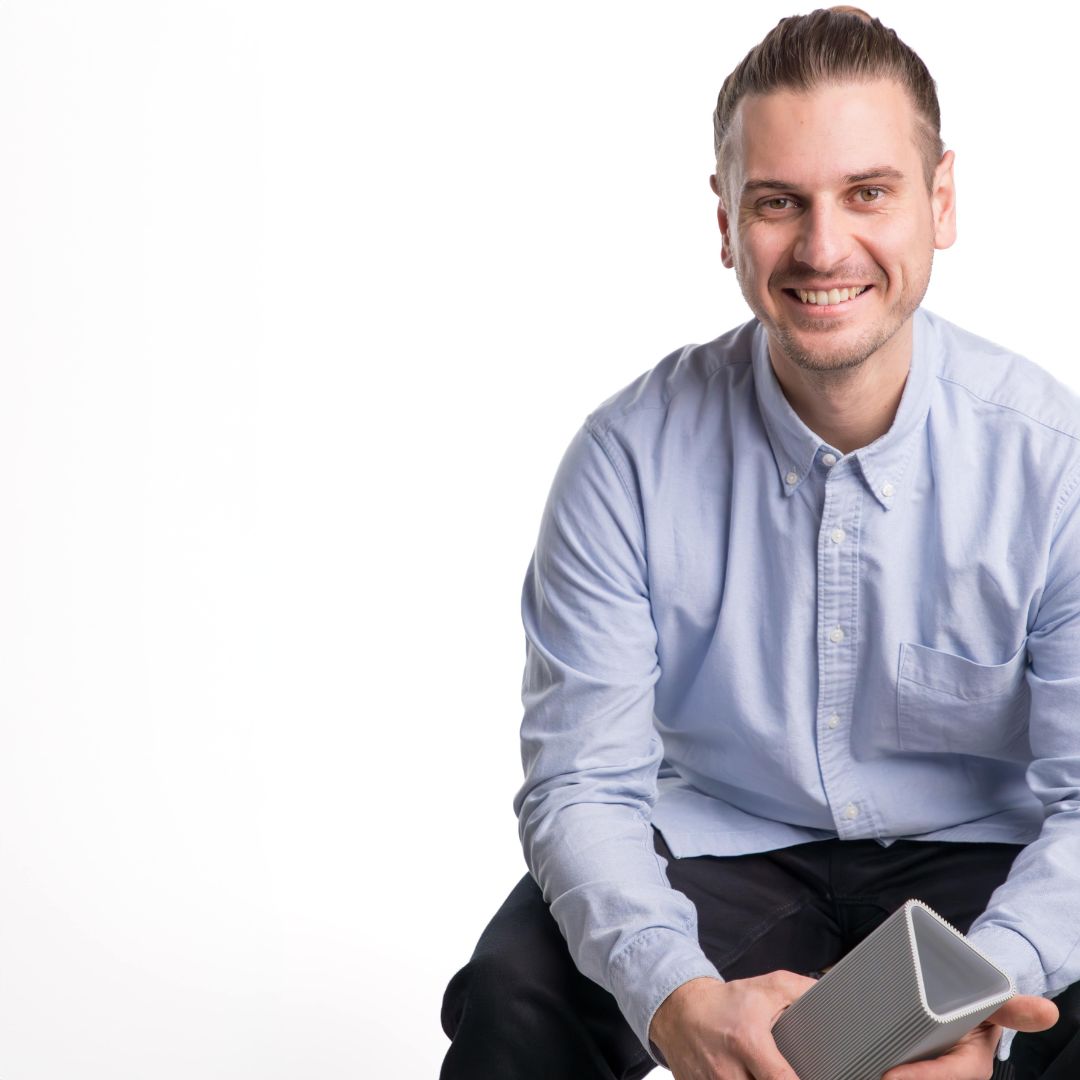
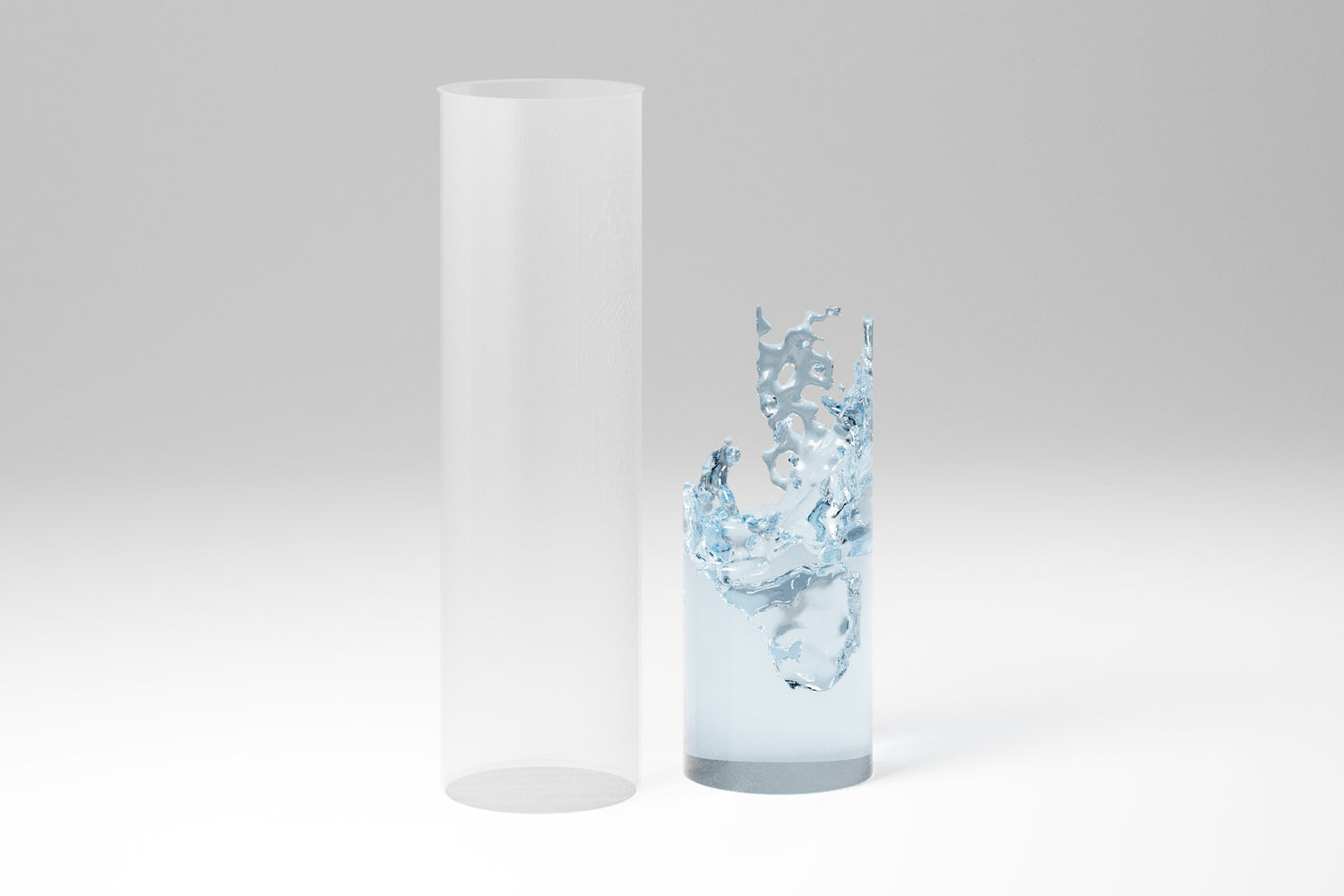
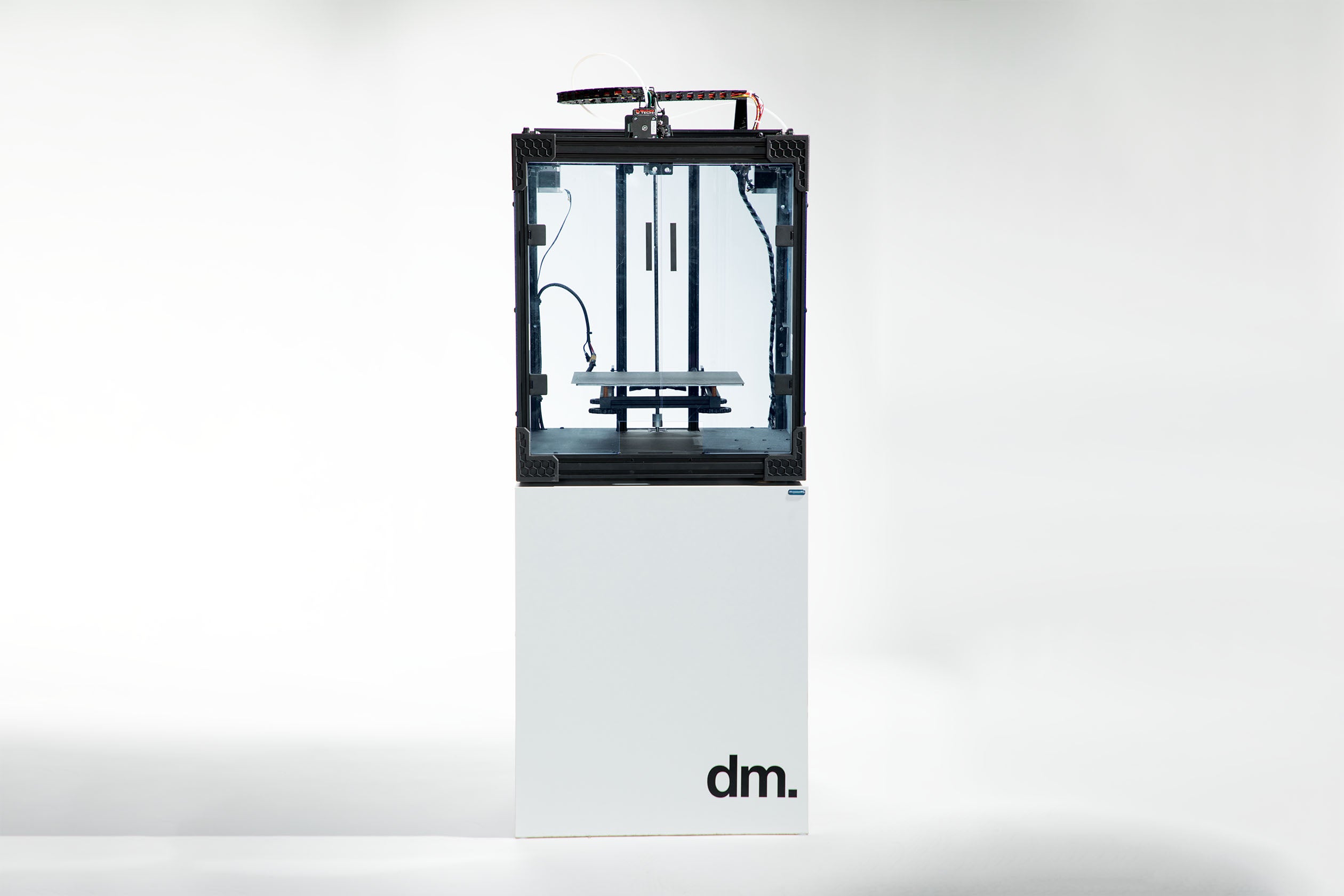
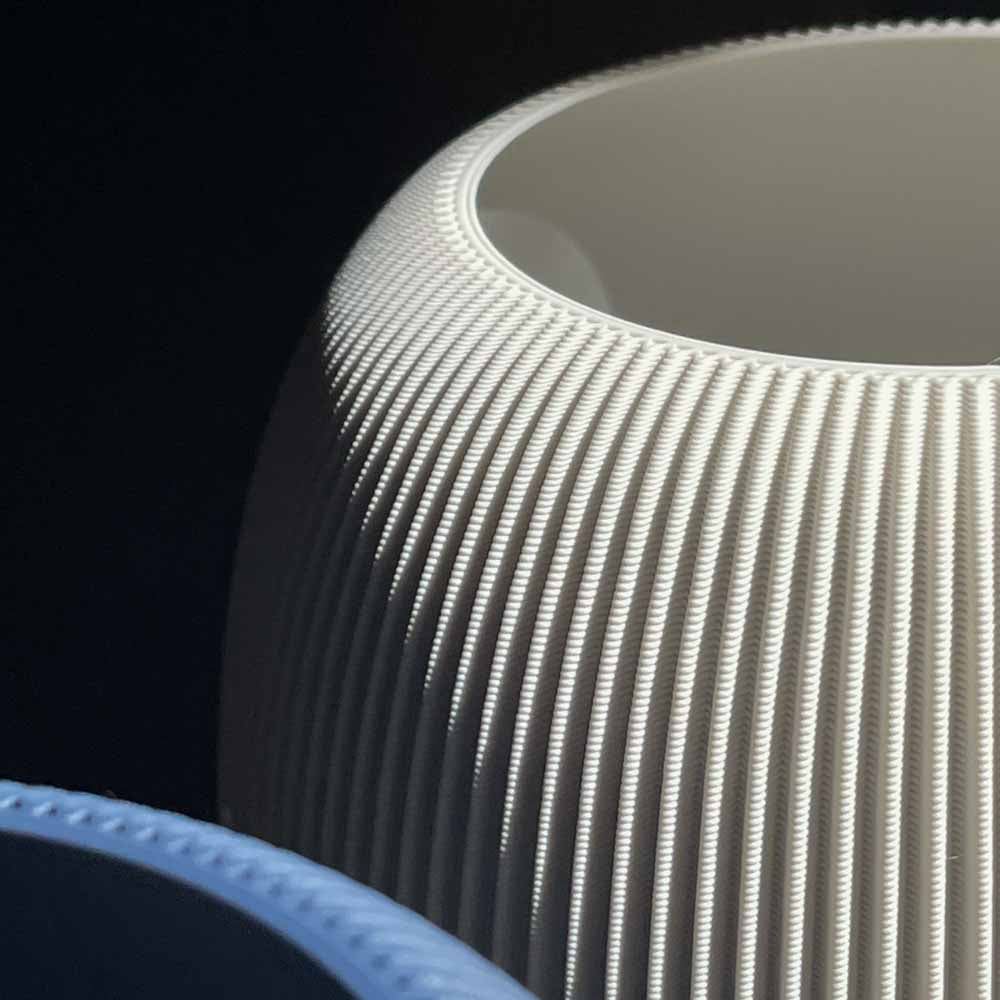
Leave a comment
This site is protected by hCaptcha and the hCaptcha Privacy Policy and Terms of Service apply.